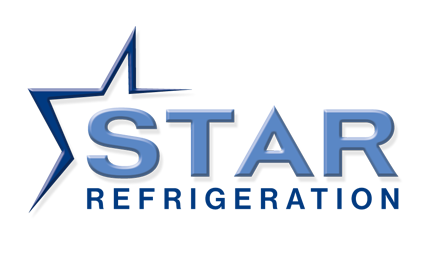The price of electricity in the UK today is roughly double what it was a decade ago. There is also greater volatility in the pricing market, making future expenditure more difficult to calculate. Given that paying for energy typically consumes between 9% and 17% of a cold store facility’s revenue, and that the refrigeration system often comprises upwards of 70% of those costs, it makes sense to mitigate spending as much as possible by optimising energy use.
What’s more, recent studies demonstrate that for most cold and chill storage warehouses in Europe, there are opportunities to reduce energy use, lower carbon emissions and make significant fiscal savings. According to the pan-European study ICE-E which collated energy data from over 800 stores between 2008 and 2012, the average Specific Energy Consumption (SEC) of a large site was 50kWh/m3/yr. Recent research (Pearson, 2019) indicates that new sites should be aiming for best practices of 10kWh/m3/yr, a fivefold reduction in energy usage. Significant savings should also be possible to existing facilities through investment in the refrigeration system, maintenance and wider infrastructure.
There are a number of factors which affect the efficiency of a temperature controlled storage facility, some of which are governable and some of which should be merely regarded as extenuating circumstances when measuring performance. For example, the utilisation and condition of the building itself are eminently within the control of the site owner or operator, as is the management of its day-to-day operations and processes. These can be tweaked and optimised to ensure that as little energy as possible is used in the operation of the plant, without compromising on its ultimate goal or allowing its performance to slip.
This could involve such measures as upgrading equipment materials and components, installing the latest technology and employing good maintenance practices as well as machine learning algorithms to optimise business processes. Other factors affecting plant performance, such as the weather, should be acknowledged and perhaps offset by compensating measures (like the installation of solar panels). Even if they cannot be altered or accommodated, they should be taking into account when assessing the plant’s performance over time.
Indeed, long-term performance analysist is the key to understanding whether or not the aforementioned improvements are having their desired effect and whether the facility is being run in the most efficient and sustainable way possible. SEC is an excellent method of doing so.
Specific Energy Consumption- which is defined in terms of kilowatt hours per cubic metre per annum (kWh/m3/yr) – has been identified as a meaningful metric for tracking performance of an industrial refrigeration system in cold stores, chill stores and distribution centres.
It allows owners to compare their plant’s current energy use against other sites within a company, against that of its competitors and industry best practice. Recently, SEC has been further developed to enable this metric to be employed in the assessment of the effectiveness of ongoing service and maintenance and it can now offer a projection of how the plant is likely to fare in the future as a result of those works.
Using SEC as a benchmarking tool is straightforward. Star Refrigeration have developed a free app – the SEC Calculator – that allows operators to do their own calculations. All that is required for the analysis is basic refrigeration plant details including the annual energy consumption and volume of the facility. Any operators interested in how their cold store is performing against other sites, industry average and best practice are encourage to download and use the free app.
Day-to-day planning of business operations and capital expenditure as well as the plant’s future performance, are also possible with the use of the SEC metric as a predictive energy consumption tool.



